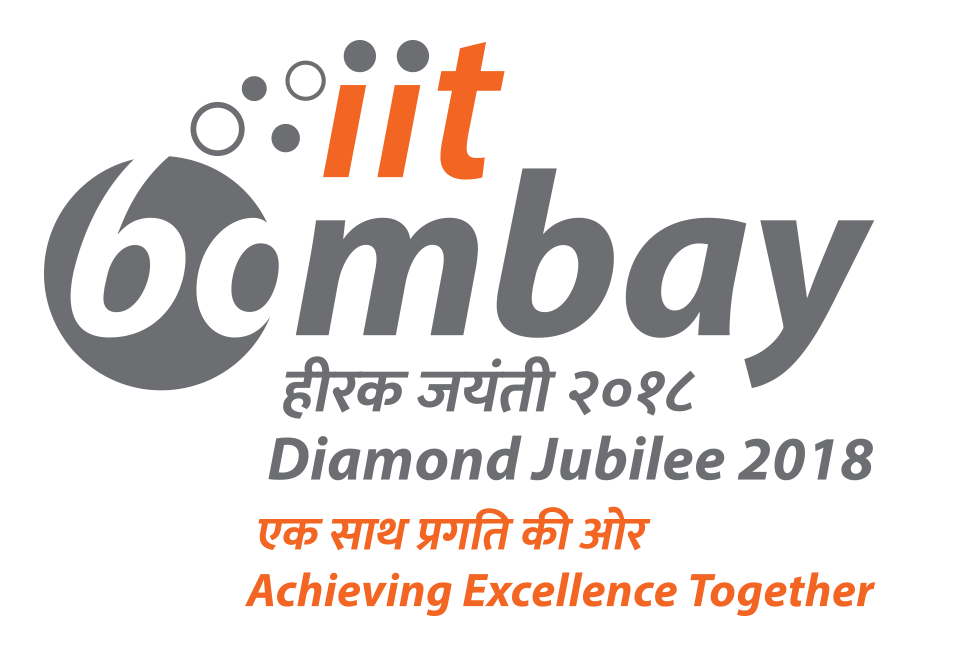Title: Holographic Gubser Flow
Speaker: Dr. Sukrut Mondkar, HRI
Abstract: Gubser Flow is a model for the time-evolution of a relativistic quantum many-body system characterized by boost-invariance and rotational symmetry around an axis, initially investigated in the context of the evolution of QCD matter produced in heavy-ion collisions. In a conformal field theory, the Gubser flow can be studied by mapping the Minkowski space to the de-Sitter space, which makes the underlying symmetries manifest.
We performed the first numerical holography simulation of the Gubser flow with analytical results obtained in various limits. At the late de-Sitter time, the flow becomes free-streaming in the transverse direction, and the longitudinal pressure equals the energy density. Furthermore, we establish that the late de-Sitter time expansion can systematically determine both the early Minkowski proper time behavior and the behavior at large transverse distances from the beam axis at any Minkowski proper time, which we back with numerical evidence. One of the remarkable features of the Gubser flow is that the system does not hydrodynamize at late de-Sitter time and is an excellent testbed to investigate quantum information theoretic aspects of scenarios when the quantum many-body system escapes hydrodynamization. Hydrodynamic modes appear only at intermediate de-Sitter time and are transitory. We numerically investigate the features of the flow in this hydrodynamic window.
Finally, we study the behavior of the event horizon area as the function of de-Sitter time, which is a proxy for the entropy of dual field theory. As has been recently established by Witten et al., owing to its type-II von Neumann algebra, in de-Sitter space, vacuum is a state of maximum entropy; we indeed find many states of the flow whose entropy is lower than that of the corresponding vacuum.

